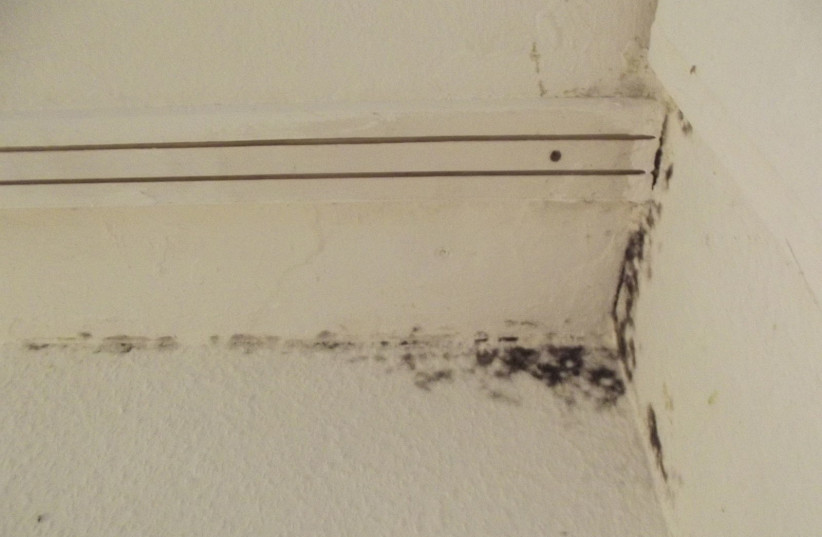In November 2022, investigators in a high-profile case in the UK concluded that two-year-old Awaab Ishak died as a result of exposure to mold in his family's apartment in Rochdale.
This tragic story highlighted various social issues, from poverty to racism, and it showed the underappreciated impact of mold-related health effects.
While the potential threat of mold to human health has been known for years, it’s clear that it may become even more dangerous in the future as a result of climate change and the growing instability in the world's energy markets.
What is mold?
Mold is a fungus with a structure similar to that of a plant with roots, stem and spores. Its structure allows it to spread deeply into the soil on which it grows, even if we can’t see it.

Surface mold spores can dry out and move through the air from place to place. This is also the source of the phrase "one rotten apple is enough to spoil the whole barrel" on mold's ability to spread quickly in its environment.
Mold thrives in places with lots of moisture, such as leaky roofs, windows that aren’t sealed well, water pipes, flooded areas and damp rooms like bathrooms. If you see many dark spots in the corner of a room, there's a good chance it's mold.
Why is mold dangerous?
The problem stems from the spores that the mold emits. To reproduce and spread, mold puts out microscopic spores that are airborne into the surrounding space. For most people, exposure to these spores can lead to symptoms such as a stuffy nose, coughing and itchy eyes; Annoying, but nothing too serious.
Yet exposure to mold can be more serious for people with asthma, breathing problems, a weak immune system or specific allergies.
Common symptoms of black mold are allergies, breathing problems, sinusitis, eye and throat irritation, cough, chronic fatigue, and mysterious complaints without a medical explanation.
The most dangerous of mushrooms is Stachybotrys, which is associated with allergy, liver disease and even damage to the nervous system and death.
People with weak immune systems are more sensitive to these spores. Prolonged exposure to a low concentration causes the development of hypersensitivity which may cause a fatal allergic reaction in the future.
How rare is it to have mold in your home?
Some common types of indoor mold include Cladosporium, Aspergillus and Penicillium (the same substance from which penicillin comes). There is often a lot of concern around black mold called Stachybotrys Chartarum because of the strong mycotoxins it produces. Yet color doesn’t necessarily indicate how dangerous mold may be.
Fungi and mold of various types can be found in many, many homes and there’s strong evidence that climate change will increase this risk even further.
Flooding, humid weather, hot temperatures and water intrusion into homes are already on the rise due to the climate crisis, and these conditions are ideal for mold growth.
There’s also evidence that fuel shortages can increase the risk of mold contamination because it will prevent people from turning on their central heating, which will increase the chance that their homes will foster moist, mold-friendly conditions.
This is important to consider given the ongoing global energy crisis set to affect hundreds of millions of homes around the world this winter.
